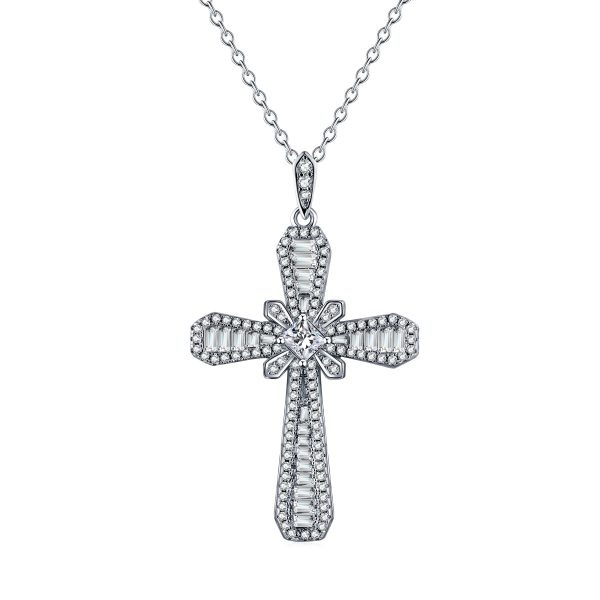January Birthstone
The name “garnet” originates from the medieval Latin granatus, meaning “pomegranate,” in reference to the similarity of the red color. Garnets have been used since the Bronze Age as gemstones and abrasives. Necklaces studded with red garnets adorned the pharaohs of ancient Egypt. Signet rings in ancient Rome featured garnet intaglios that were used to stamp the wax that secured important documents. The clergy and nobility of the Middle Ages had a preference for red garnets.
Garnet is actually a group of several minerals. Five of these – pyrope, almandine, spessartine, grossular and andradite – are important as gems. Pyrope and almandine range from purple to red. Spessartine is found in exciting oranges and yellows, while andradite is mostly yellow to green (the gem variety demantoid). Grossular may have the widest range, from colorless through yellow to reddish orange and orangy red, as well as a strong vibrant green called tsavorite.
The Smithsonian’s antique pyrope hair comb is one of the most famous pieces of garnet jewelry (pyrope is from the Greek pyrōpos, which means “fiery-eyed”). A large rose-cut garnet sits at the crest, much like a queen serenely surveying her court. The pyrope garnets that decorate this tiara-like jewel came from the historic mines in Bohemia (now part of the Czech Republic), and these rich red beauties were extremely popular during the Victorian era (1837–1901), when this piece was fashioned.






